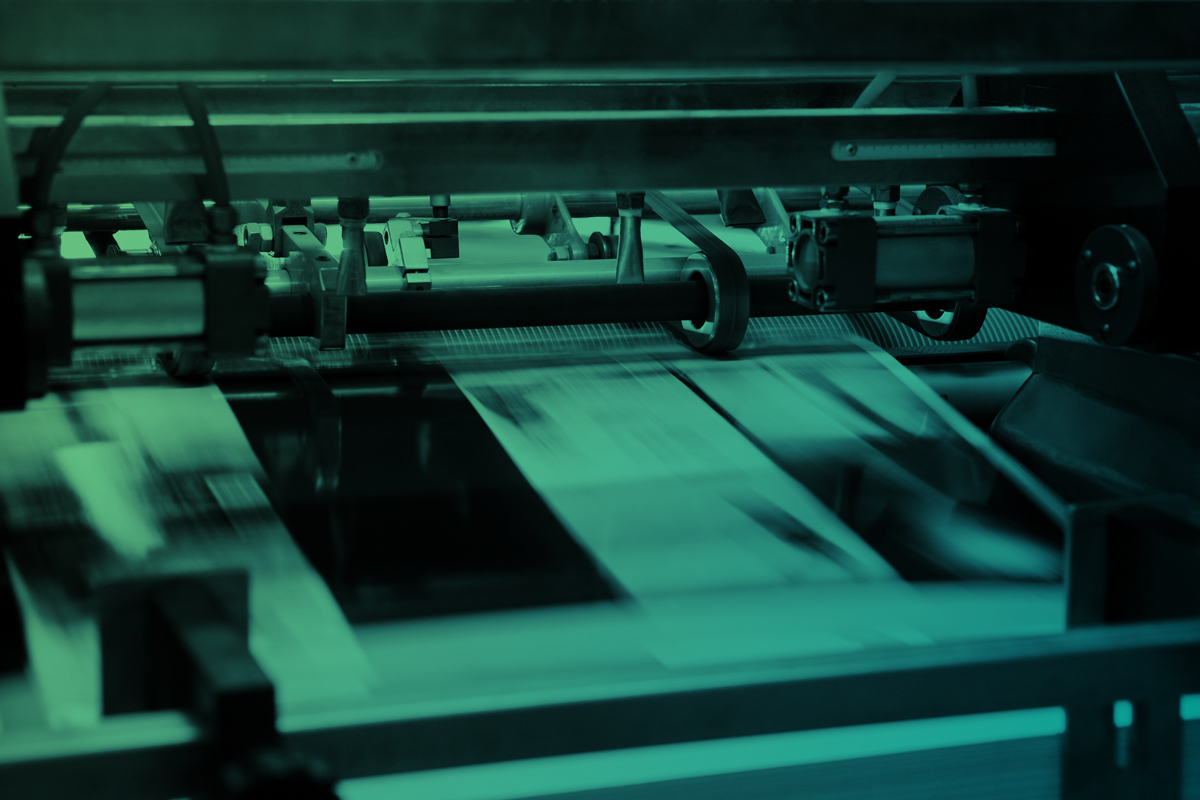The environmental impact of printing is a topic of growing concern in today’s world. With the increasing awareness of climate change and environmental sustainability, understanding how printing affects our planet is more important than ever. The printing industry, although essential for various sectors, contributes significantly to environmental degradation. This article delves into the various effects of printing on the environment and explores how we can mitigate these impacts.

Understanding the Scope of Printing
Printing is a vital part of many industries, from publishing and marketing to education and packaging. It involves various processes, including offset printing, digital printing, and screen printing, each with its own environmental consequences. The demand for printed materials has led to significant resource consumption, particularly paper, ink, and energy.
Paper Consumption and Deforestation
One of the most notable impacts of printing is on forests. The production of paper requires a substantial amount of wood, leading to deforestation. This loss of trees not only reduces biodiversity but also contributes to climate change by decreasing the Earth’s capacity to absorb carbon dioxide. Companies like Offset Printing for Lifestyle Brands are exploring alternatives to reduce this impact.
Ink Pollution and Chemical Waste
Printing inks contain volatile organic compounds (VOCs) and heavy metals that can be harmful to both human health and the environment. These substances can pollute air and water, posing a threat to ecosystems. Fortunately, there are zero-waste ink options available that aim to minimize this pollution.
Energy Consumption in Printing
Printing processes are energy-intensive, contributing to greenhouse gas emissions. From the extraction of raw materials to the final printing, energy is consumed at every step. This not only increases the carbon footprint but also adds to the overall environmental impact. Companies are now looking into more sustainable practices to reduce energy use.
Digital Printing vs. Traditional Printing
While digital printing is often seen as a greener alternative due to its on-demand nature, it still has its drawbacks. Digital printers consume a significant amount of electricity and often require specialized inks that can be environmentally damaging. It is crucial to weigh these factors when considering the best printing methods for your needs.
The Role of Recycling in Reducing Impact
Recycling paper and other materials used in printing can greatly reduce the environmental burden. By reusing paper, we can decrease the need for new raw materials, thus saving trees and reducing energy consumption. Many companies in the printing industry are now adopting recycling practices to promote sustainability.
Innovations in Sustainable Printing
As awareness of the environmental impact of printing grows, innovations are being developed to make printing more sustainable. From eco-friendly inks to energy-efficient machines, the industry is moving towards greener solutions. These advancements not only help reduce environmental impact but also offer cost savings in the long run.
Eco-Friendly Inks and Materials
Eco-friendly inks, made from natural ingredients, are less harmful to the environment. By using sustainable materials, companies can significantly reduce their ecological footprint. The adoption of these materials is crucial for creating a sustainable future for the printing industry.
Energy-Efficient Printing Machines
Newer printing technologies focus on energy efficiency, reducing the amount of power required during the printing process. By investing in these machines, businesses can lower their energy consumption and contribute to a more sustainable future.
Carbon Offsetting and Printing
Some companies are taking steps to offset their carbon emissions by investing in renewable energy projects and reforestation efforts. These initiatives help balance out the environmental impact of printing and promote a healthier planet.
The Future of Printing and Sustainability
The future of printing lies in sustainable practices. As businesses and consumers become more environmentally conscious, the demand for green printing solutions will continue to grow. By adopting eco-friendly practices, the printing industry can play a significant role in protecting our environment.
Consumer Choices and Printing
Consumers have the power to drive change by choosing sustainably produced printed materials. By supporting companies that prioritize environmental responsibility, individuals can contribute to reducing the environmental impact of printing.
Government Regulations and Policies
Governments worldwide are implementing regulations to reduce the ecological footprint of printing. These policies encourage companies to adopt sustainable practices and ensure that environmental standards are met.
Conclusion: A Greener Path Forward
The environmental impact of printing is significant, but with awareness and innovation, it is possible to mitigate these effects. By embracing sustainable practices and technologies, the printing industry can reduce its environmental footprint and contribute to a healthier planet. Together, we can create a future where printing and sustainability go hand in hand.

FAQs
What are eco-friendly inks?
Eco-friendly inks are made from natural ingredients and are less harmful to the environment. They help reduce pollution and are a sustainable alternative to traditional inks.
How does recycling paper help the environment?
Recycling paper reduces the need for new raw materials, saving trees and energy. It also decreases the amount of waste in landfills, contributing to a more sustainable planet.
What steps can businesses take to reduce their printing impact?
Businesses can adopt sustainable practices, such as using eco-friendly inks, recycling materials, and investing in energy-efficient machines. These steps help lower their environmental impact and promote sustainability.
For more information on sustainable printing practices, you can visit NYU’s sustainable printing guide.
This article contains affiliate links. We may earn a commission at no extra cost to you.







